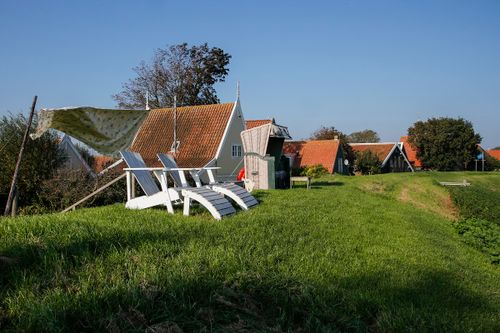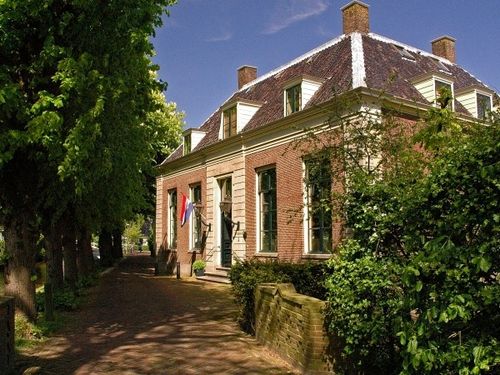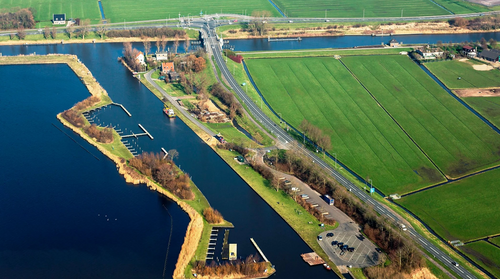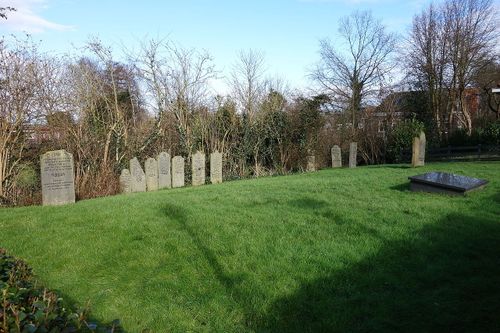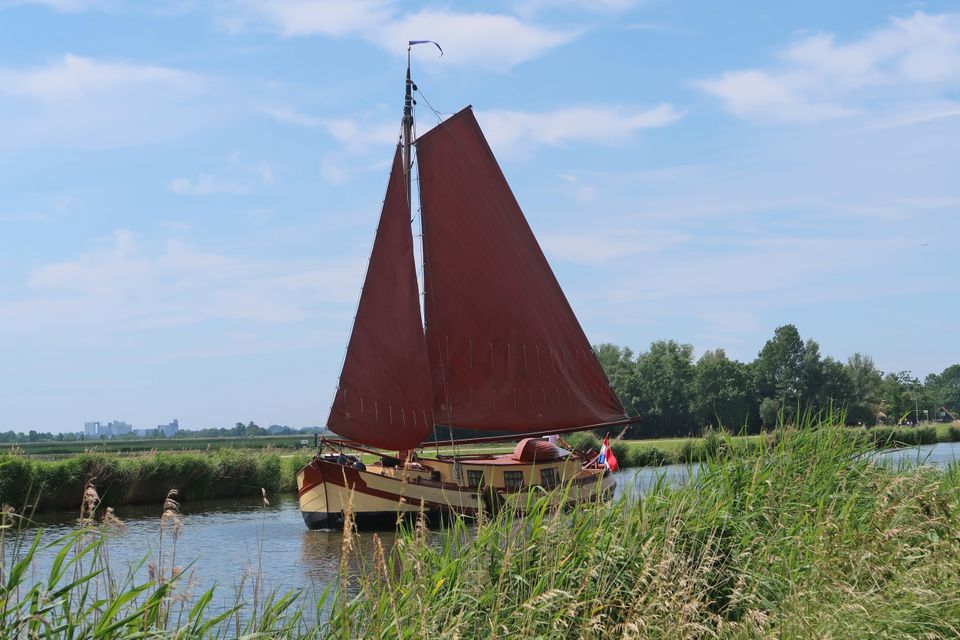
Oostdijk / Beemsterringvaart | World Heritage Site the Beemster Reclamation
In 1607 the States of Holland and West Friesland granted permission to drain the Beemster lake. It would be a profitable project that could also contribute to the food supply of fast-growing Amsterdam.
A high and sturdy dyke of 38 kilometers long was built around the lake and a canal was dug around it. Then began the long process of pumping all the water out of the lake, which required no fewer than 43 windmills. Engineer Jan Adriaenszoon Leeghwater is partly responsible for the construction and installation of the windmills. Mills were built in rows at increasing elevation levels, each pumping water from one to the next, higher and higher untill reaching the canal outside of the dyke.
In 1612, the last water was pumped out of the lake and the constructing of the polder could begin. Roads were built, ditches were dug and farmhouses were erected. Everything happened according to an orderly and strict geometric pattern. The Beemster owes its fame to this way of dividing and allocating land.
The Neth…
A high and sturdy dyke of 38 kilometers long was built around the lake and a canal was dug around it. Then began the long process of pumping all the water out of the lake, which required no fewer than 43 windmills. Engineer Jan Adriaenszoon Leeghwater is partly responsible for the construction and installation of the windmills. Mills were built in rows at increasing elevation levels, each pumping water from one to the next, higher and higher untill reaching the canal outside of the dyke.
In 1612, the last water was pumped out of the lake and the constructing of the polder could begin. Roads were built, ditches were dug and farmhouses were erected. Everything happened according to an orderly and strict geometric pattern. The Beemster owes its fame to this way of dividing and allocating land.
The Netherlands has been shaped by human intervention in nature. That begins as early as the sixth century BC. with the construction of mounds and mounds to be able to live safely. In the Middle Ages, land reclamation and diking followed on an increasingly large scale and the establishment of water boards. From the sixteenth century, water management was tackled on an even larger scale and systematically with the draining of lakes and peat ponds. The Beemster is now on the UNESCO list of World Heritage. This polder is a textbook example of how the Dutch have 'made' large parts of their country themselves.

